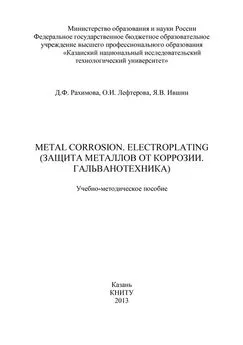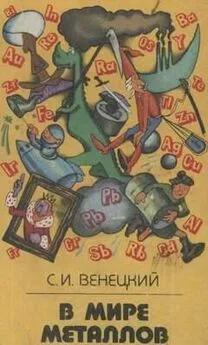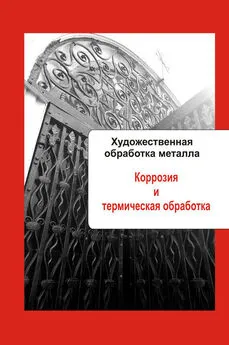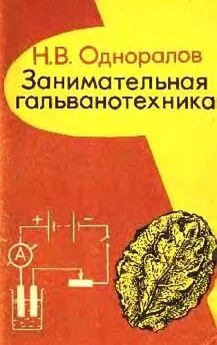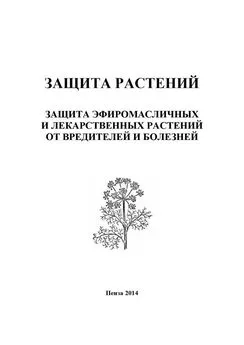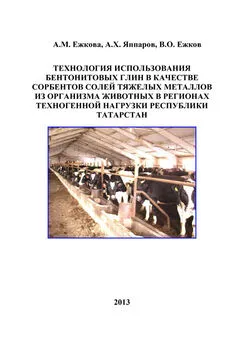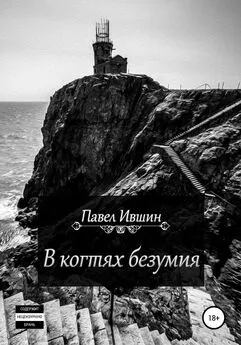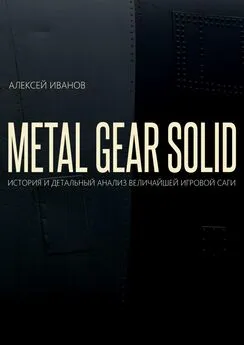Я. Ившин - Metal Corrosion. Electroplating (Защита от металлов от коррозии. Гальванотехника)
- Название:Metal Corrosion. Electroplating (Защита от металлов от коррозии. Гальванотехника)
- Автор:
- Жанр:
- Издательство:Литагент БИБКОМ
- Год:2013
- Город:Казань
- ISBN:978-5-7882-1386-6
- Рейтинг:
- Избранное:Добавить в избранное
-
Отзывы:
-
Ваша оценка:
Я. Ившин - Metal Corrosion. Electroplating (Защита от металлов от коррозии. Гальванотехника) краткое содержание
Metal Corrosion. Electroplating (Защита от металлов от коррозии. Гальванотехника) - читать онлайн бесплатно ознакомительный отрывок
Интервал:
Закладка:
6. The involvement of water accounts for the fact that rusting occurs much more rapidly in moist conditions as compared to a dry environment such as a desert.
7. The presence of salt greatly enhances the rusting of metals.
8. Iron or steel tend to corrode much more quickly when exposed to salt or moist salty air near the ocean.
9. The dissolved salt increases the conductivity of the aqueous solution formed at the surface of the metal and enhances the rate of electrochemical corrosion.
12 . Translate the following sentences into English.
1. Среда, в которой металл подвергается коррозии (коррозирует), называется коррозионной или агрессивной средой.
2. Причиной возникновения и протекания процессов коррозии является термодинамическая неустойчивость материалов к определенным компонентам, находящимся в окружающей их среде.
3. Ежегодно коррозия наносит огромнейший ущерб народному хозяйству каждой страны.
4. Результатом коррозии являются продукты коррозии (например, ржавчина), вышедшее из строя оборудование, разрушение конструкций.
5. Большинство металлов (кроме золота, серебра, платины, меди) встречаются в природе в ионном состоянии: оксиды, сульфиды, карбонаты – называются обычно рудами.
6. Защита от коррозии является одной из важнейших проблем, имеющей большое значение для народного хозяйства.
7. Основной ущерб от коррозии металла связан не только с потерей больших количеств металла, но и с порчей или выходом из строя самих металлических конструкций.
8. Вследствие коррозии металлы теряют необходимую прочность, пластичность, герметичность, тепло- и электропроводность и другие необходимые качества.
9. Коррозии подвергаются не только металлы, но и любые материалы, например бетон, пластмасса, резина или керамика.
13 . Translate the following word combinations.
Разрушение металлов – electrical current – термодинамическая неустойчивость – conductivity – коррозийная среда – rust – электрохимическая коррозия – gradual destruction – руда – mechanical damage – ионное состояние – condenser tubes – металлическая конструкция.
14 . Give the definitions of the words and word combinations.
1. Resistance is…
2. Ductility is…
3. Hermiticity is …
4. Heat-conducting is …
5. Electroconductivity is …
15 . Give the example(s) of the chemical interaction.
16 . Answer the following questions using texts from Unit 1.
1. What does corrosion mean?
2. What are the consequences of corrosion?
3. What types of corrosion do you know?
4. What conditions does rusting occur in?
17 . Summarize the general ideas developed in all the texts of the Unit 1.
Unit 2
TYPES OF CORROSION
1 . Read the international words, guess their meanings and give the Russian equivalents.
Graphitic, concentration, factor, forms, aluminium, passive, metal, identify, perforate, metallography, proportion, magnesium, temperature, technical managers, module.
2 . Read and translate the following verbs.
To categorize, to damage, to confine, to divide, to re-passivate, to protect, to oxidize, to combine, to release, to contain, to reduce, to support, to react, to encounter.
3 . Match the English phrases from column A with the Russian phrases in column B.
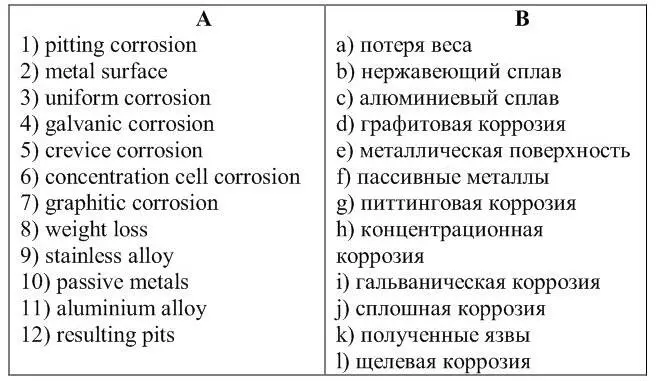
4 . Read and translate the text. Summarize it in Russian.
Corrosion can be categorized in some common types: uniform corrosion, pitting corrosion, galvanic corrosion, crevice corrosion, concentration cell corrosion, graphitic corrosion.
What is pitting corrosion? Pitting Corrosion is the localized corrosion of a metal surface confined to a point or small area that takes the form of cavities. Pitting corrosion is one of the most damaging forms of corrosion. Pitting factor is the ratio of the depth of the deepest pit resulting from corrosion divided by the average penetration as calculated from weight loss.
Pitting corrosion is usually found on passive metals and alloys such aluminium alloys, stainless steels and stainless alloys when the ultra-thin passive film (oxide film) is chemically or mechanically damaged and does not immediately repassivate. The resulting pits can become wide and shallow or narrow and deep which can rapidly perforate the wall thickness of a metal. The shape of pitting corrosion can only be identified through metallography. (From www.engineeringtoolbox.com) .
5 . Read the text again. Decide whether the following statements are true or false.
1. Corrosion can be divided into four types.
2. Pitting corrosion refers to corrosion occurring in confined spaces to which the access of the working fluid from the environment is limited.
3. Pitting corrosion is the least damaging form of corrosion.
6 . Translate the following text. What is its main idea?
Crevice corrosion is an intense local attack within crevices or shielded areas on metal surfaces exposed to corrosive solutions. It is characteristically encountered with metals and alloys which rely on a surface oxide film for corrosion protection, e.g., stainless steels, titanium, aluminum, etc. The crevices can be inherent in the design of the equipment (e.g., plate heat exchangers) or inadvertently created by a bad design. Crevice corrosion can be initiated at metal to nonmetallic sealing faces. Any non-metallic material which is porous and used as a gasket, for example, is particularly good (or bad!) for initiating this form of attack. Fibrous materials which have a strong wicking action are notorious in their ability to initiate crevice attack. Similarly, materials which have poor stress relaxation characteristics, i.e., have little or no ability to recover their original shape after being deformed, are also crevice creators – as are materials which tend to creep under the influence of applied loads and/or at elevated temperatures. On the other hand, elastomeric materials are particularly good insofar as they exhibit elastic recovery and have the ability to form a crevice-free seal. However, at elevated temperatures, rubbers may harden. In this condition, they suffer the deficiencies of nonelastomeric gasketing materials.
Artificial crevices can also be created by the deposition of scale from one of the process streams to which the metal is exposed. It is necessary, therefore, to maintain food processing equipment in a scale-free condition – especially on surfaces exposed to service fluids such as hot/cold water, cooling brines, etc. – which tend to be overlooked during plant cleaning operations.
7 . Read the text. What is its main idea?
Металлы и сплавы могут разрушаться под действием химического (химическая коррозия), электрохимического (электрохимическая коррозия) и механического (эрозия) воздействий внешней среды.
Способность металла сопротивляться коррозионному воздействию среды называют коррозионной стойкостью.
Коррозия металла или сплава происходит, как правило, на границе раздела фаз, т. е. на границе соприкосновения твердого вещества с газом или жидкостью.
Коррозионные процессы подразделяются на следующие виды: по механизму взаимодействия металла со средой; по виду коррозионной среды; по виду коррозионных разрушений поверхности; по объему разрушенного металла; по характеру дополнительных воздействий, которым подвергается металл одновременно с действием коррозионной среды.
По механизму взаимодействия металла со средой различают химическую и электрохимическую коррозию.
Коррозию, протекающую под влиянием жизнедеятельности микроорганизмов, относят к биологической коррозии, а протекающую под действием радиоактивного излучения – к радиационной коррозии.
По виду коррозионной среды, участвующей в коррозионном разрушении металла или сплава, различают коррозию в жидкостях неэлектролитах, коррозию в растворах и расплавах электролитов, газовую, атмосферную, подземную (почвенную) коррозию, коррозию блуждающим током и др. (From bibliotekar.ru/spravochnik-33) .
8 . Work in pairs. Interpret the following passage sentence by sentence.
Much research has been done on the geometry of crevices and the influence on the propensity for the initiation of crevice corrosion. However, in practical terms, crevice corrosion usually occurs in openings a few tenths of a millimeter or less, and rarely is encountered where the crevice is greater than 2 mm.
Until the 1950s, crevice corrosion was thought to be due to differences in metal ion or oxygen concentration within the crevice and its surroundings. While these are factors in the initiation and propagation of crevice corrosion, they are not the primary cause.
Current theory supports the view that through a series of electrochemical reactions and the geometrically restricted access into the crevice migration of cations – chloride ions in particular – occurs. This alters the environment within, with a large reduction on pH and an increase in the cations by a factor as much as ten. The pH value can fall from a value of seven in the surrounding solution to as low as two within the crevice. As corrosion is initiated, it proceeds in an autocatalytic manner with all the damage and metal dissolution occurring within the crevice. Corrosion results in significant loss of metal under the surface of site of initiation. As a result, deep and severe cutting of the metal occurs.
Читать дальшеИнтервал:
Закладка:
